Three
FOR BAD MEN ONLY
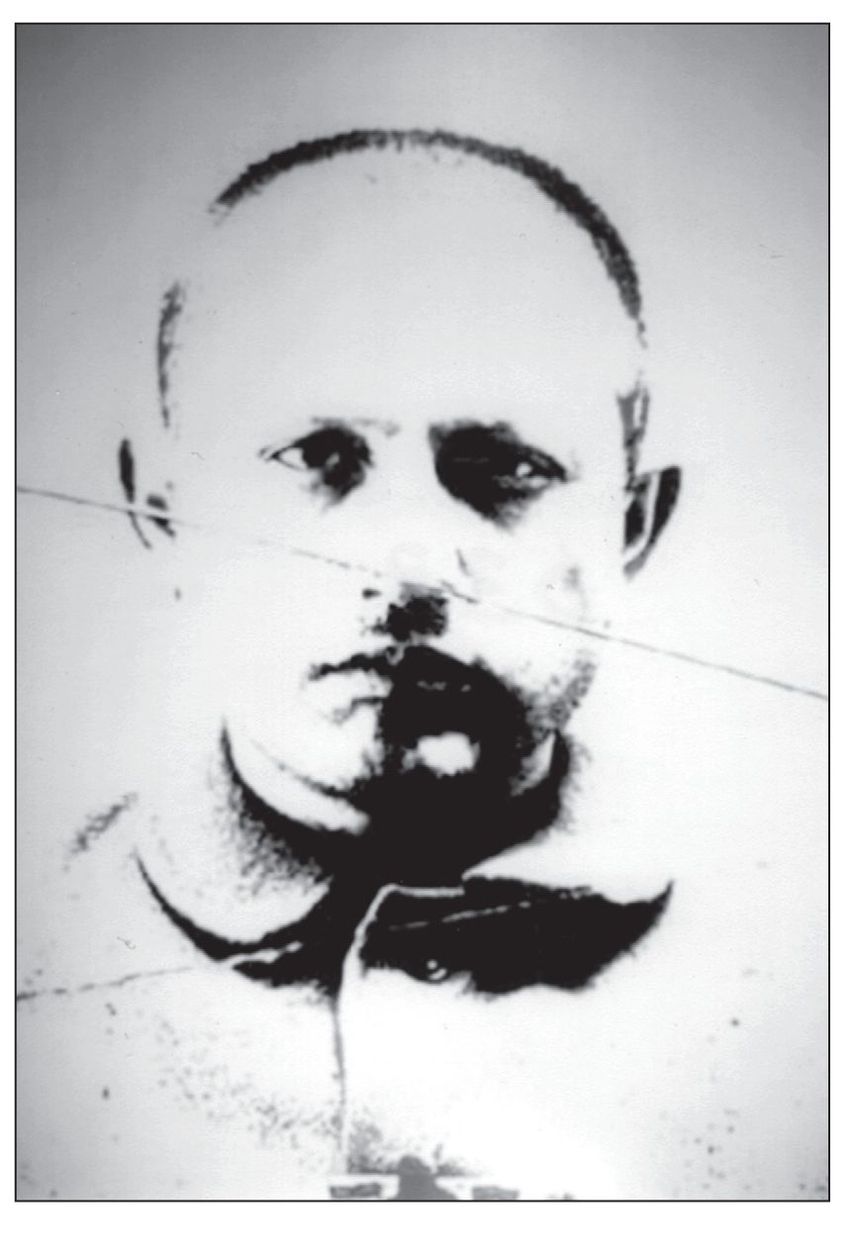
John Grindstone was sentenced in 1895 to 10 years in prison for murder in the Native American territory of Oklahoma. In February 1903 when 413 inmates were transferred to the new prison, several inmates wanted to number one. In a rush to load the first wagon, they forgot, “first on, last off!” Grindstone became inmate number one by default. (Courtesy National Archives and Records Administration.)
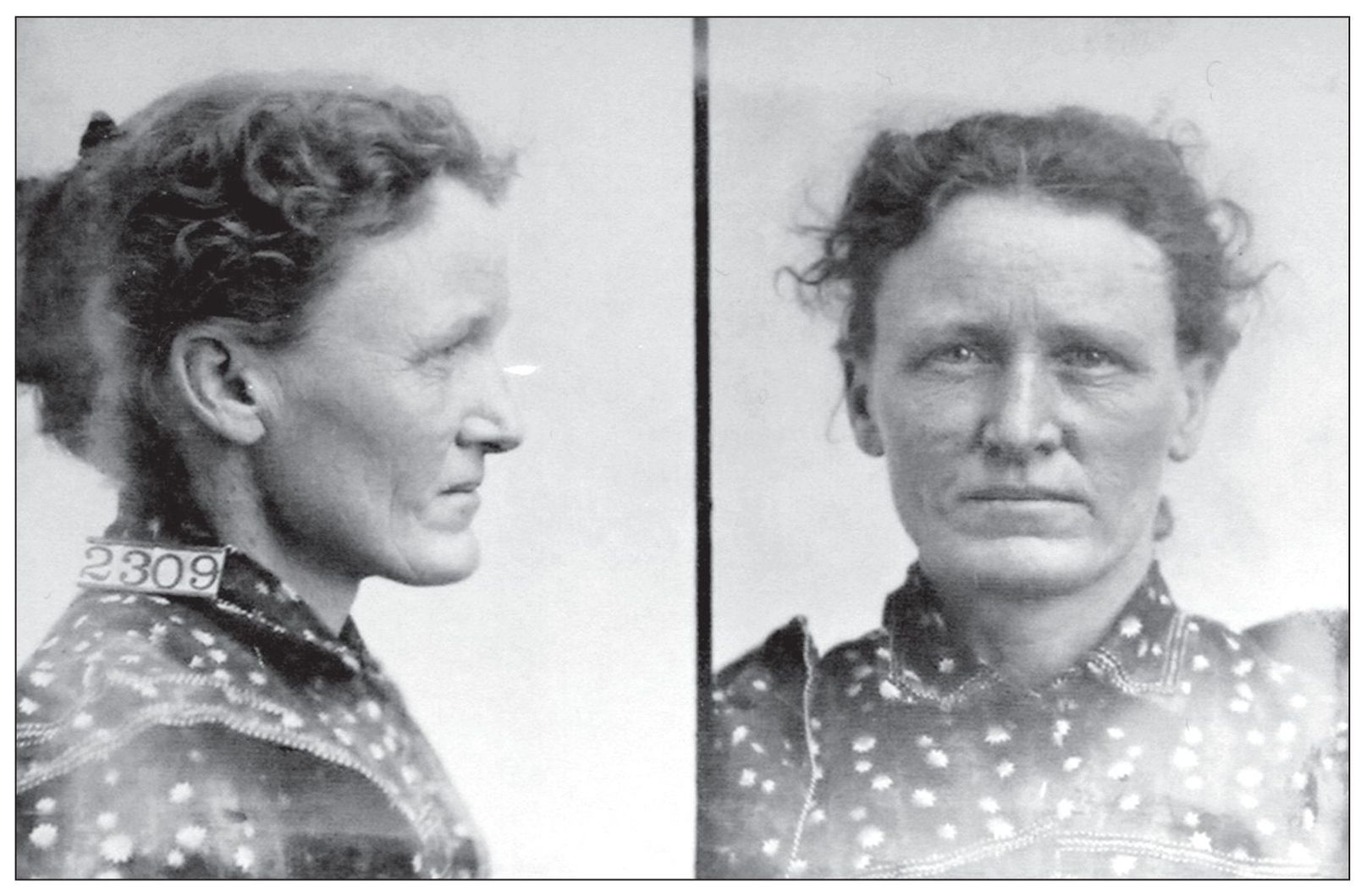
Between 1897 and 1910, 12 women passed through the gates of Leavenworth. A women’s dormitory was being built to accommodate the likes of No. 2309, Becky Cook, who was sentenced for robbing a post office in Texas. Though they were received at the federal prison, all 12 were housed at the women’s farm at the Kansas State Penitentiary. At the direction of warden Robert McClaughry, the plan to house women was abandoned in 1910. (Courtesy National Archives and Records Administration.)
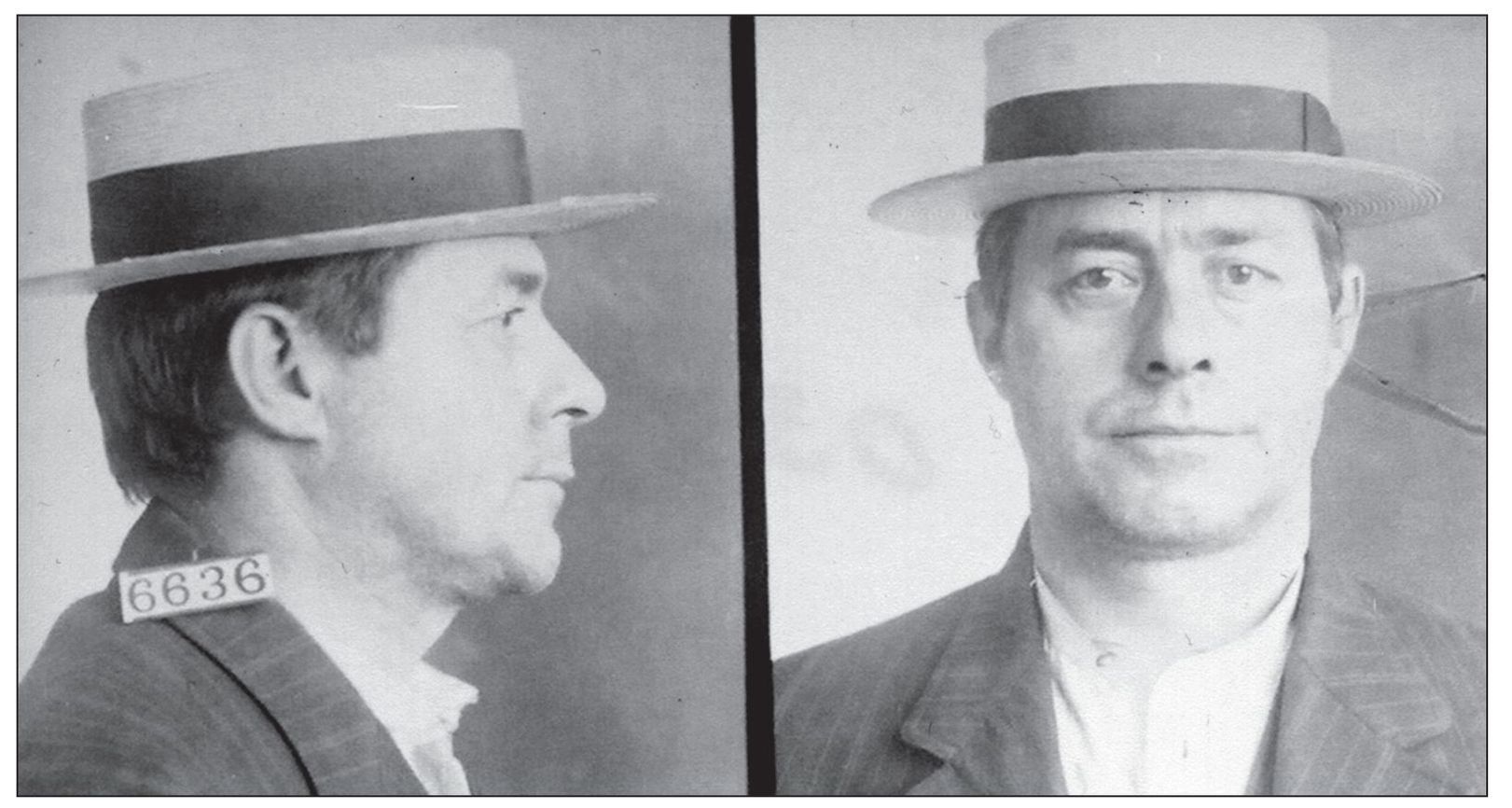
A professional athlete in trouble is nothing new. Bill Wilson, No. 6636, played Major League Baseball in 1890 in Pittsburgh and in Louisville in 1897 and 1898. He was sentenced for stealing postal money orders totaling $18. Ironically the presiding judge in his case, Kennesaw Mountain Landis, was the future commissioner of Major League Baseball. (Courtesy National Archives and Records Administration.)
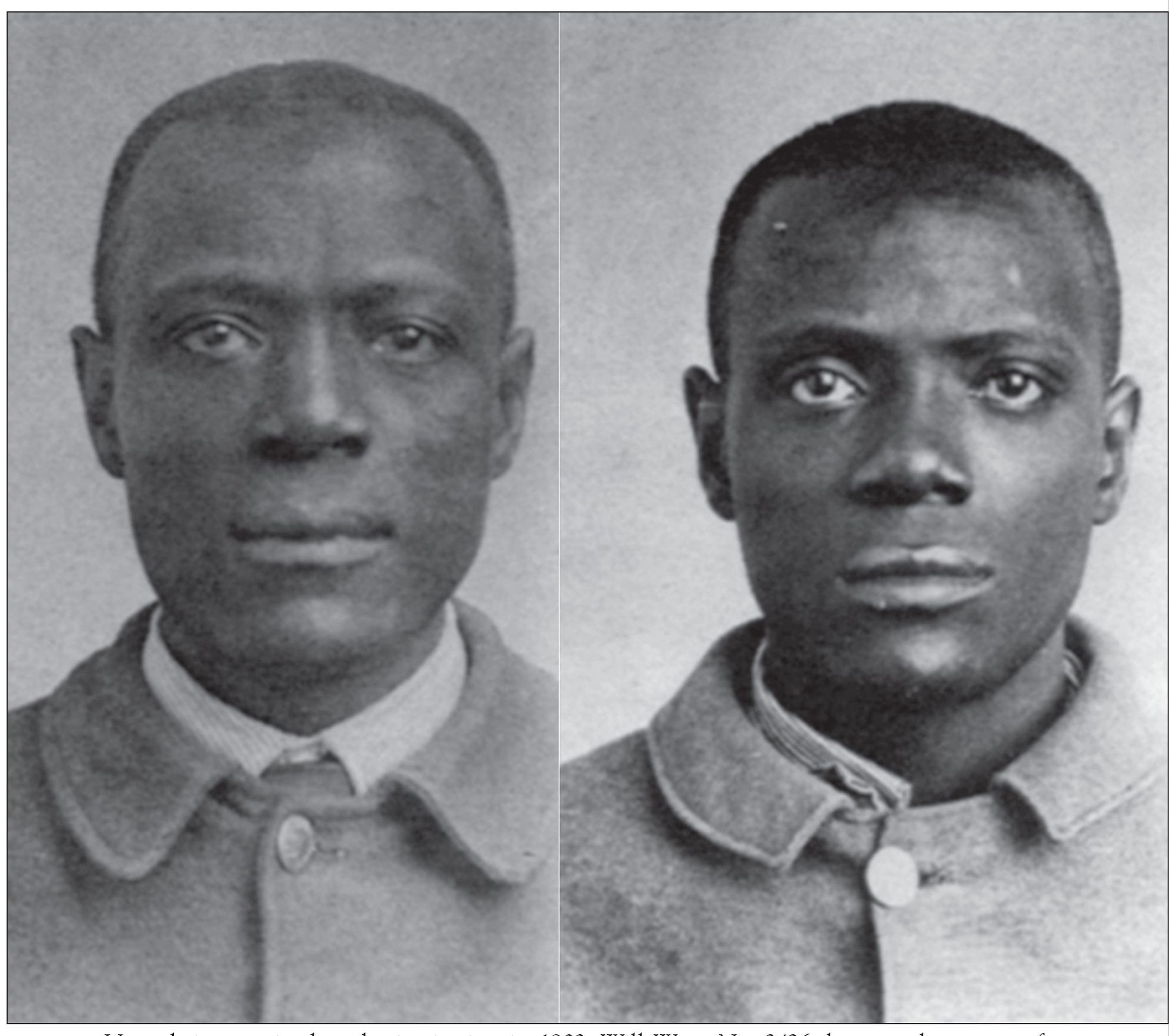
Upon being received at the institution in 1903, Will West, No. 3426, became the center of controversies that eventually lead to fingerprinting becoming the primary source of criminal identification in the United States. Records clerk M. W. McClaughry thought West looked familiar and asked if the inmate had ever been at Leavenworth before. The inmate insisted he had not. McClaughry searched the files and found the picture of William West, No. 2626, who had been received in 1901 on a murder conviction. Upon further investigation, McClaughry found that the Bertillon measurements of both men were practically the same. By 1904, all of the institutions inmates had been fingerprinted and, by 1909, Leavenworth became the home of the Bureau of Criminal Identification. (Author’s collection.)
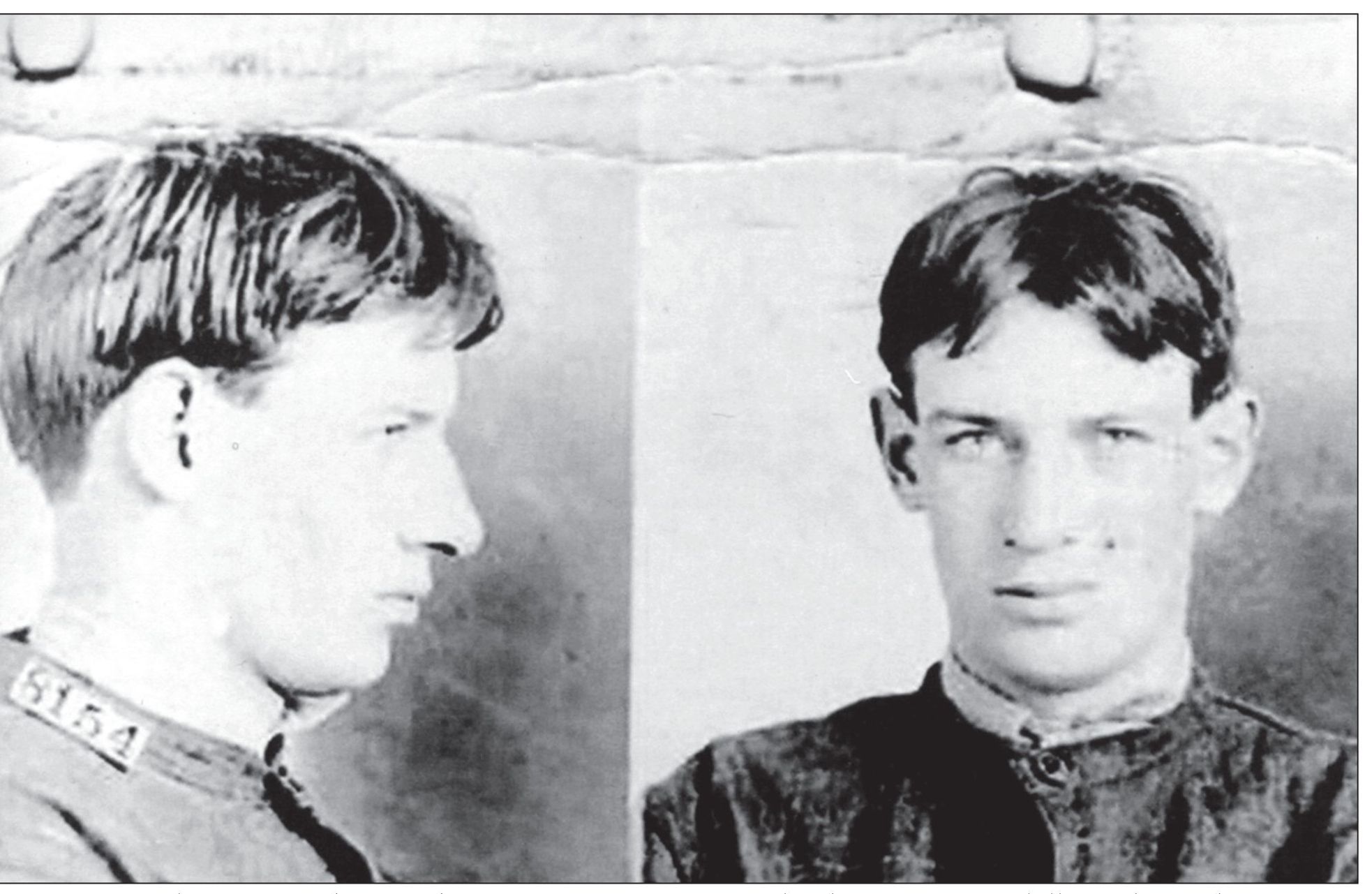
Robert F. Stroud received a 12-year sentence for manslaughter in 1909 for killing a bartender over a prostitute in Juneau, Alaska. After attempting to murder another inmate at the federal prison at McNeil Island, Washington, Stroud was transferred to Leavenworth in September 1912. His antisocial behavior caused him to be a constant disciplinary problem and subject to harassment from other inmates. On March 26, 1916, Stroud murdered guard Andrew F. Turner. He was tried three times for the murder and sentenced to hang twice. Stroud’s death sentence was commuted to life by Pres. Woodrow Wilson. Stroud later became somewhat of a folk hero after the release of the book and movie titled The Birdman of Alcatraz. All of his experiments were conducted while in segregation at Leavenworth. When he was transferred to Alcatraz in 1942, guards discovered his aviary was actually hiding the fact that he was making 180-proof liquor. Often boasting that his death would be front-page news, Stroud died at the Medical Center for Federal Prisoners in Springfield, Missouri, on November 21, 1963, and was relegated to the back page by the assassination of Pres. John F. Kennedy. (Courtesy National Archives and Records Administration.)
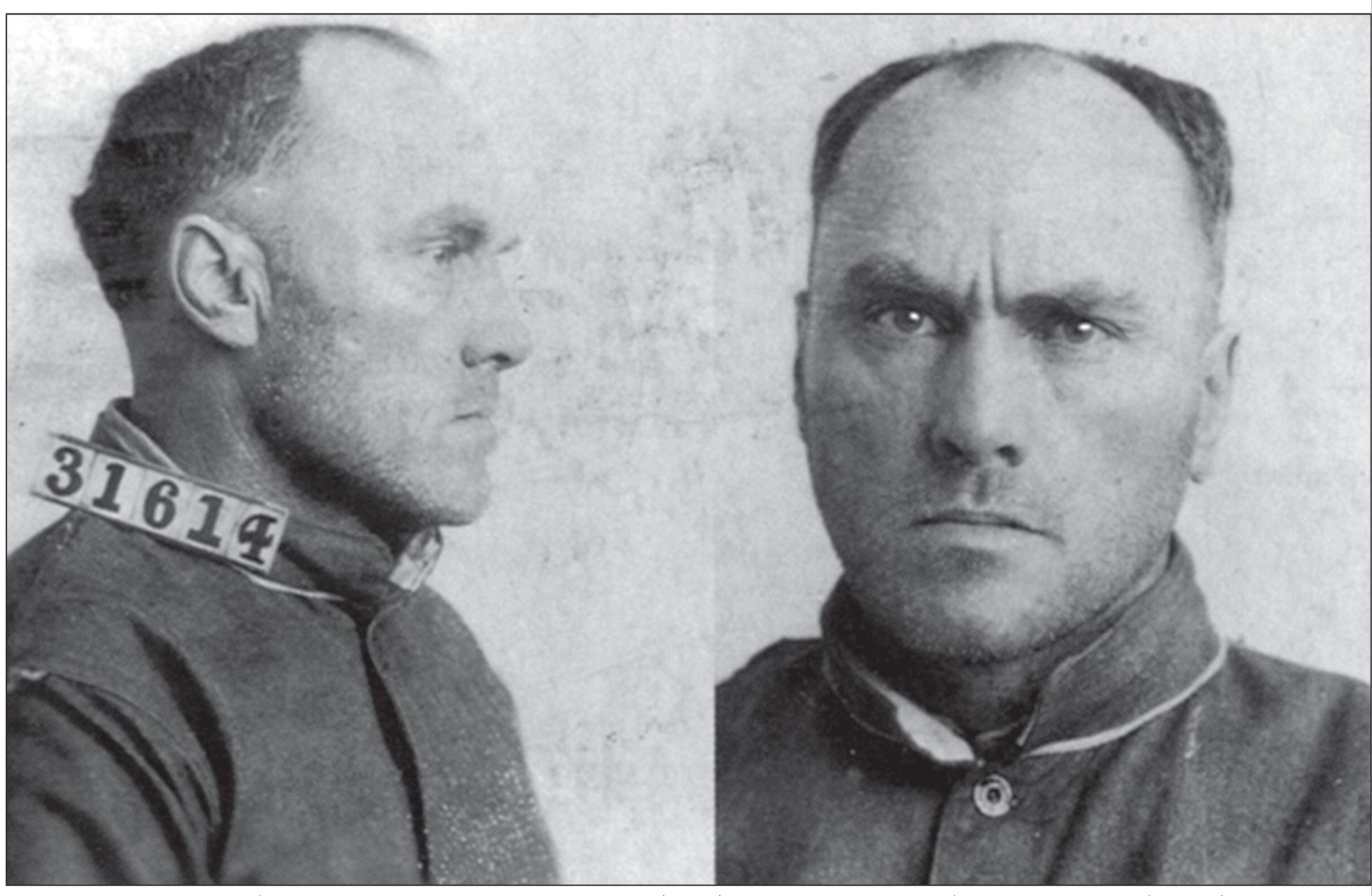
Inmate Carl Panzram, No. 31614, was received at the institution on February 1, 1929, charged with house breaking and larceny. Panzram’s criminal history began at the age of 12 when he was sentenced to the Minnesota Training School for Boys in 1902. Panzram began writing his life story while at the asylum and jail in Washington, D.C. An officer at the jail named Henry Lesser began smuggling the writings out to the press. Panzram wrote, “In my life I have killed twenty-one human beings. I have committed thousands of burglaries, robberies, larcenies, arson and last but not least I have committed sodomy on more that one thousand male human beings. For all of these things I am not the least bit sorry. I have no conscience so that does not worry me, I don’t believe in man, God nor Devil. I hate the whole damn human race including myself!” On June 20, 1929, Panzram killed foreman R. G. Warnke in the laundry room. Sentenced to death, Panzram was hanged on September 5, 1930. After ascending the gallows, Panzram told the executioner, “Hurry up you Kraut bastard I could kill a dozen men while you’re screwing around!” (Courtesy National Archives and Records Administration.)
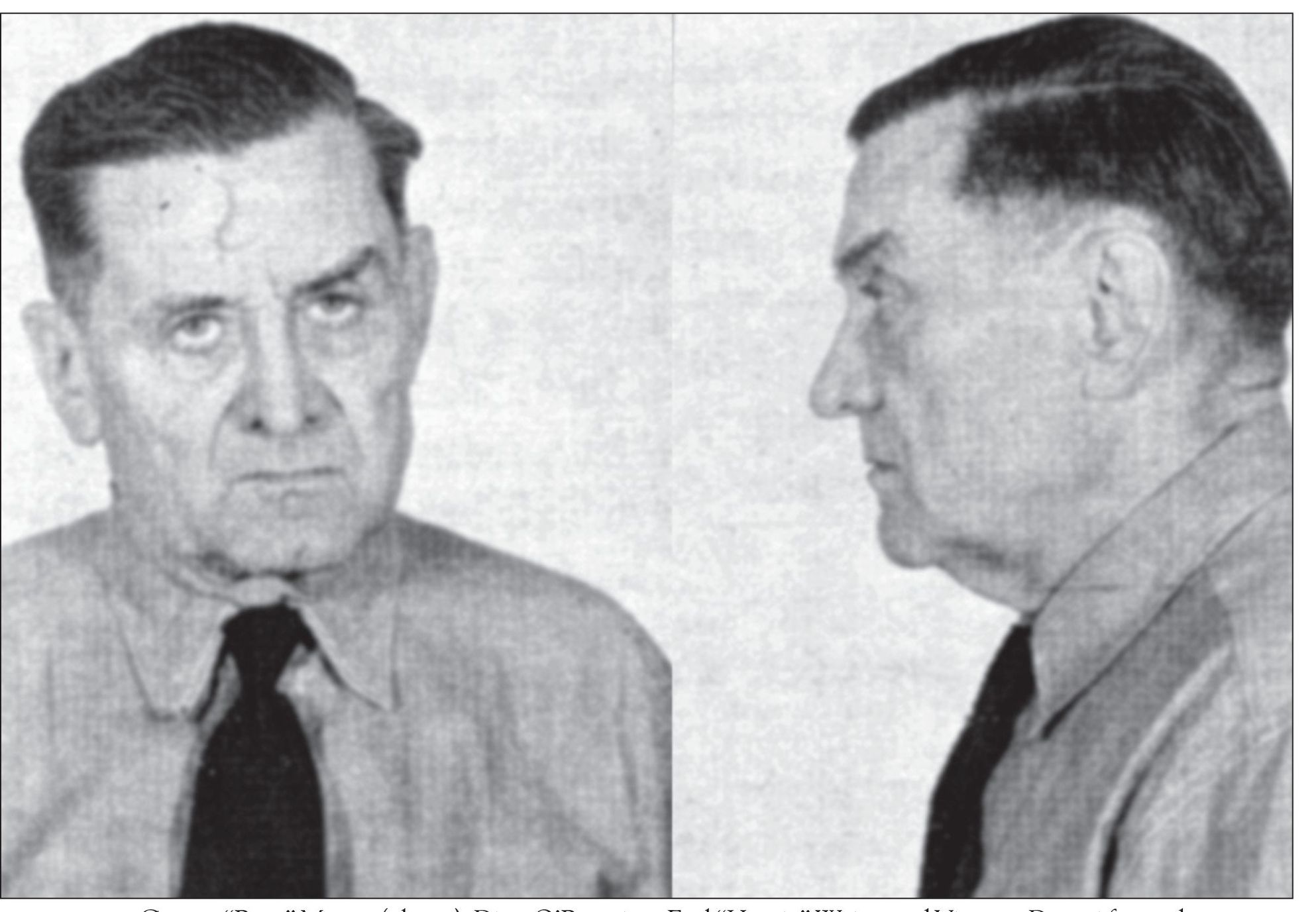
George “Bugs” Moran (above), Dion O’Bannion, Earl “Hymie” Weiss, and Vincent Drucci formed the Northsiders gang in Chicago’s 42nd and 43rd wards during Prohibition. The Northsiders became bitter enemies with the John Torrio- and Al Capone-run Southsiders gang. Moran’s gang suffered a huge blow when six members were gunned down inside a garage by Capone’s hit men on February 14, 1929. This became known as the St. Valentines Day Massacre. Moran was arrested in July 1946 and received a 10-year sentence for robbing a bank messenger. Once released from the Ohio State Penitentiary, Moran received another 10-year sentence for bank robbery. Received at Leavenworth on January 15, 1957, he died of lung cancer on February 25, 1957, and was buried in an unmarked grave in the institution cemetery. (Author’s collection.)
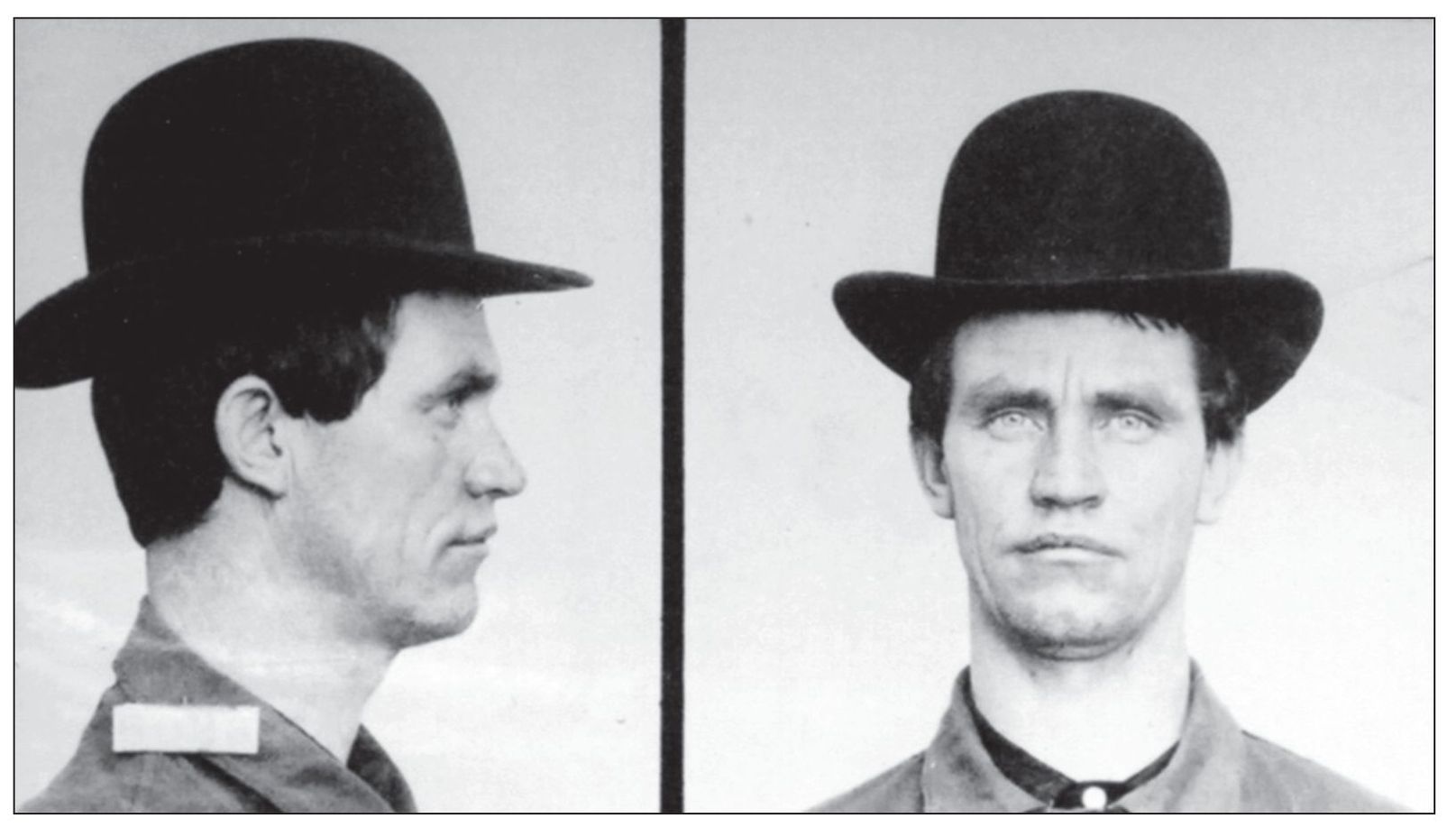
Inmate Allison Poe found his Leavenworth experience to be unpleasant and hated warden Robert W. McClaughry. His book, titled Sequel to a Conspiracy the Brothers Poe, was released in 1910 and told about the grim reality in the early days of Leavenworth. It was also the first book ever written about the institution. (Courtesy National Archives and Records Administration.)
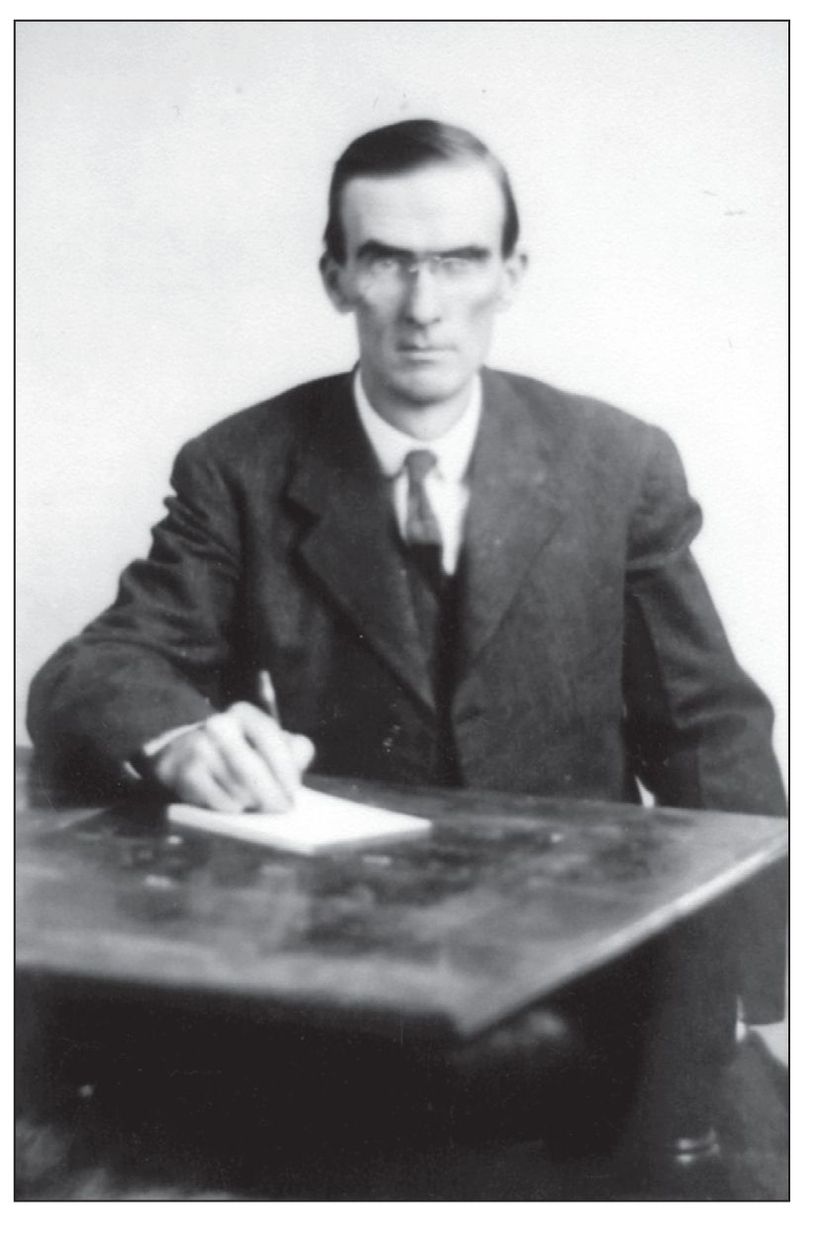
On the other hand, George Bert Wright enjoyed his stay. The second book about the institution, titled My Two Years Experience at the Model Prison of the World, the United States Penitentiary at Leavenworth, Kansas, made each day sound better than the one before. (Courtesy National Archives and Records Administration.)
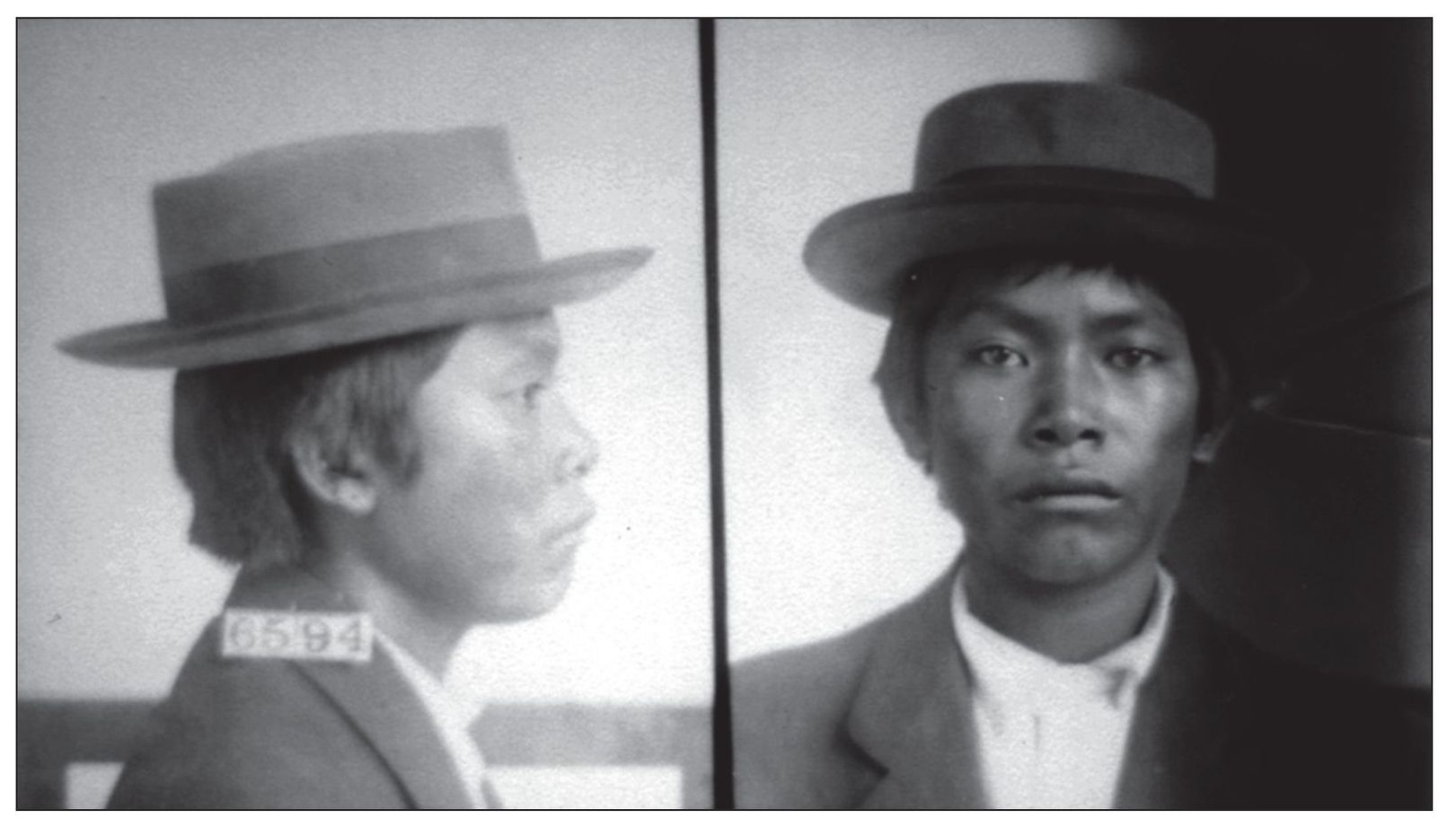
During his trial, Dan Tso-Tse, No. 6594, was called “nature boy” because of the tattered clothing he wore and his inability to communicate. Tso-Tse murdered three uncles who had abused him and a sister he believed was a witch. He became the youngest inmate ever to be received at 12 years old. (Courtesy National Archives and Records Administration.)
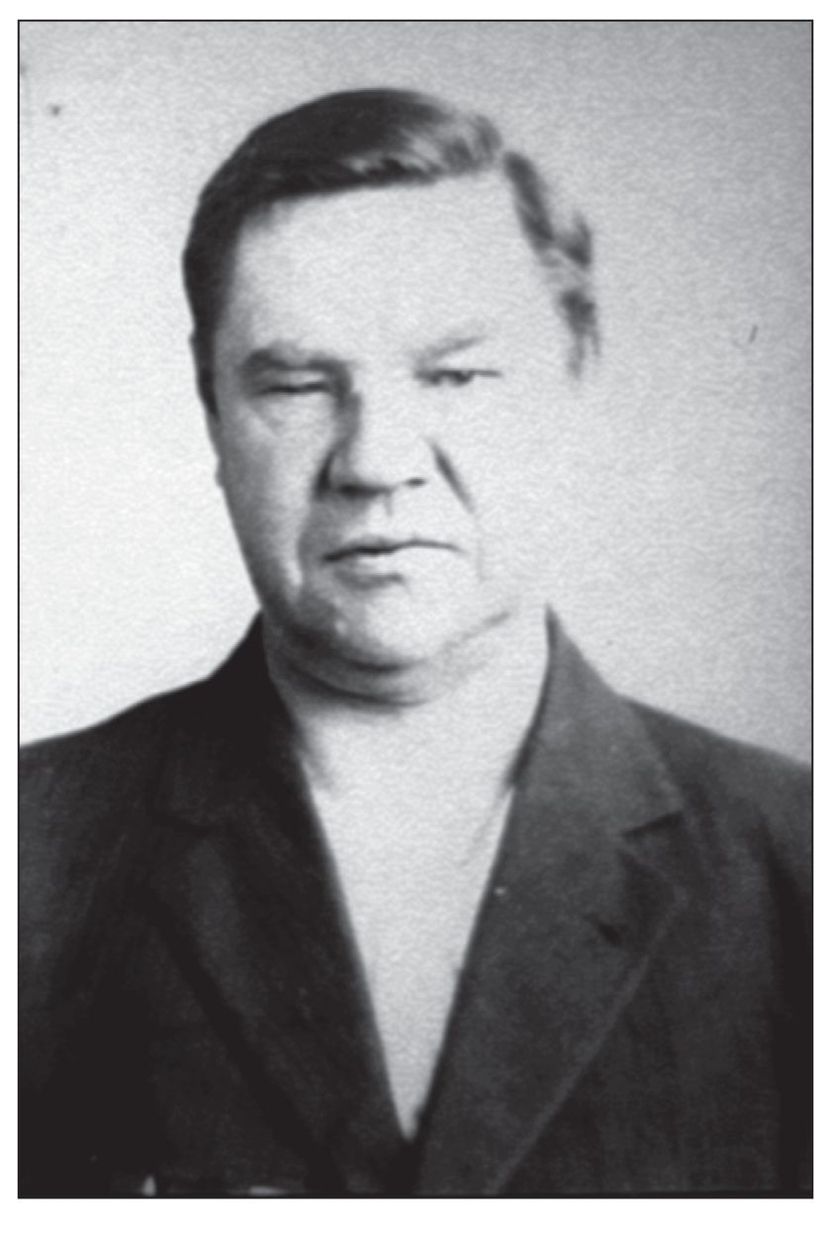
As a leader of the Industrial Workers of the World labor union, William “Big Bill” Haywood spoke out against America’s involvement in World War I. Sentenced along with other Wobblies for seditious conspiracy and obstruction of military service in 1918, he received a 14-year sentence. While he was out on appeal, he escaped to Russia and died there in 1928. He was the first American citizen to be buried in the Kremlin. (Courtesy National Archives and Records Administration.)

Dr. Frederick Cook made headlines in April 1908 when he claimed to have discovered the north pole and later became the first man to climb Mount McKinley. After his conviction in 1923 for stock fraud, he made headlines as the editor of the prison newspaper. (Courtesy Library of Congress.)
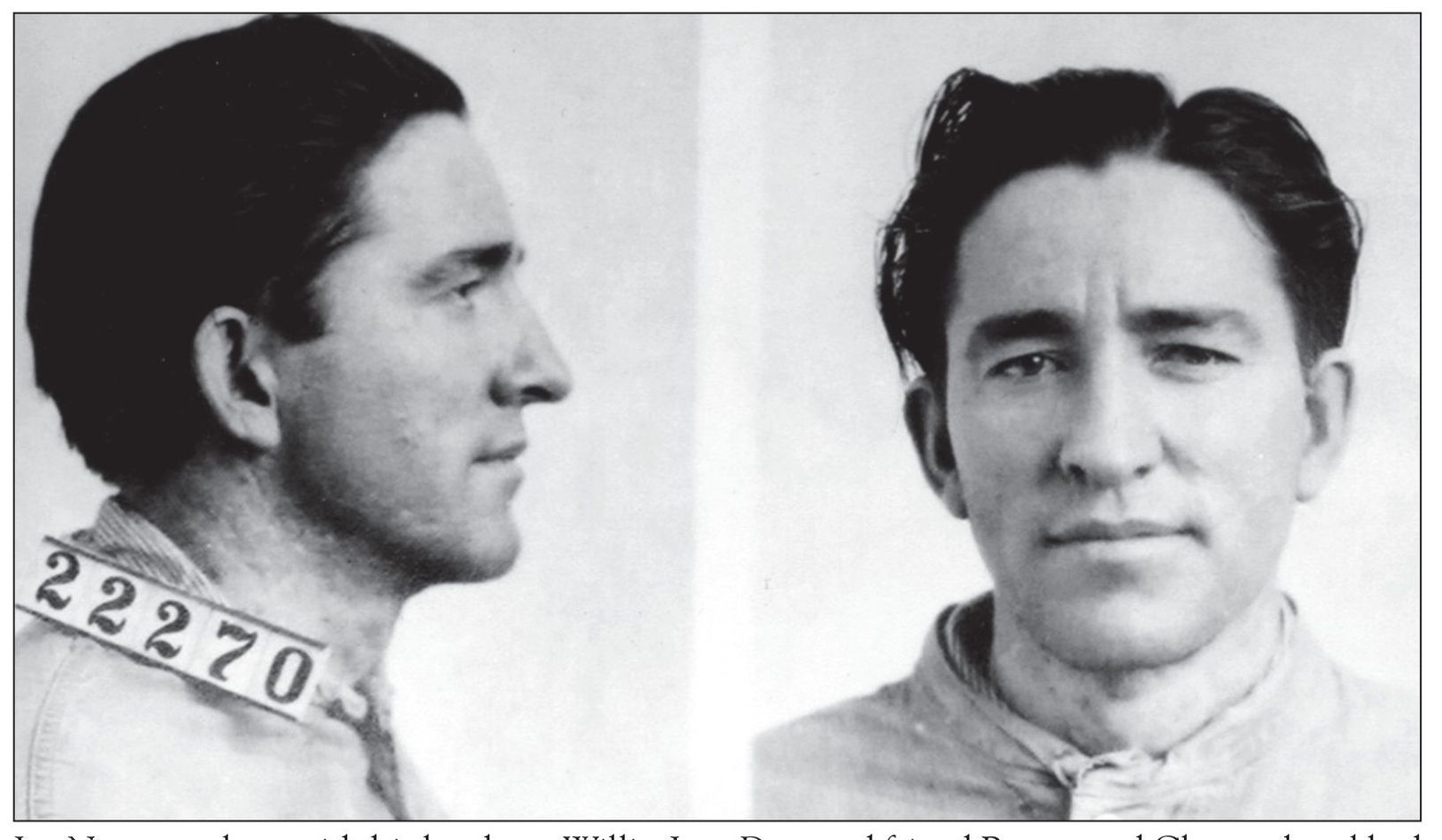
Joe Newton, along with his brothers, Willis, Jess, Doc, and friend Brentwood Glasscock, robbed trains, banks, and the Toronto Currency Clearing House. On June 12, 1924, they pulled off the most successful train robbery in U.S. history at Roundout, Illinois, netting more that $3 million. Joe and Willis later wrote a book titled The Newton Boys: Portrait of an Outlaw Gang. The book was made into a movie titled The Newton Brothers. (Courtesy National Archives and Records Administration.)
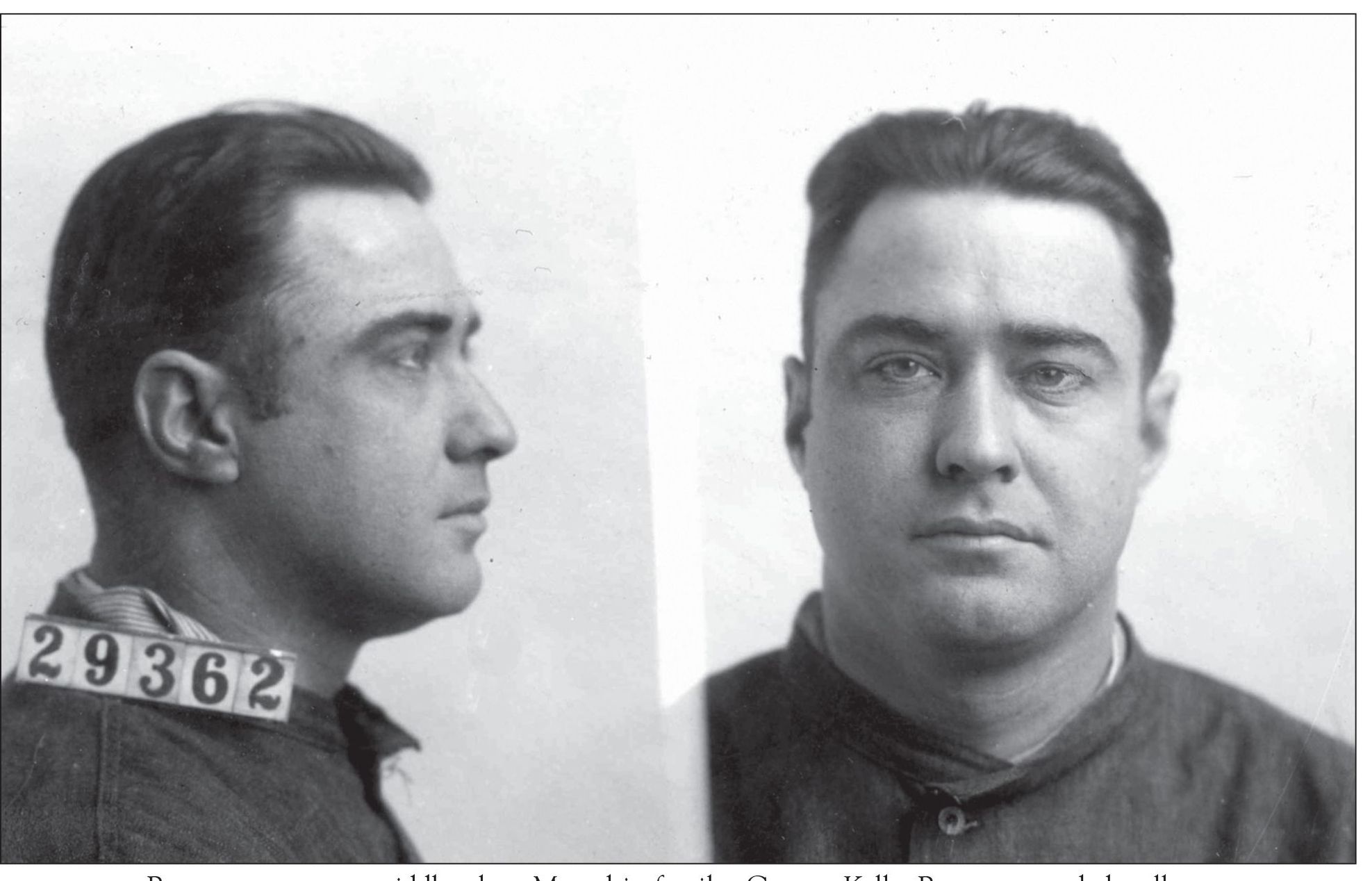
Born to an upper-middle class Memphis family, George Kelly Barnes attended college at Mississippi State, married, and had two children. Unable to make ends meet, he became a bootlegger and was first sent to Leavenworth in 1928 for smuggling liquor onto a Native American reservation. After an early release from prison for being a model inmate, he married Kathryn Thorne, who purchased him his first machine gun and began introducing him as George “Machine Gun” Kelly. On July 22, 1933, he kidnapped Oklahoma oil tycoon Charles F. Urschel. Urschel was released on July 31st after a $200,000 ransom was paid. After the couple’s arrest in September 1933, the trial made history. It marked the first time movie cameras where allowed to record a federal trial and the Kellys were the first to be tried and convicted under the new Lindbergh Law. Kelly arrived at Alcatraz on September 4, 1934, and was transferred on May 29, 1951. Kelly was returned to Leavenworth on March 25, 1954, and died of a heart attack at age 59 on July 17, 1954. (Courtesy National Archives and Records Administration.)
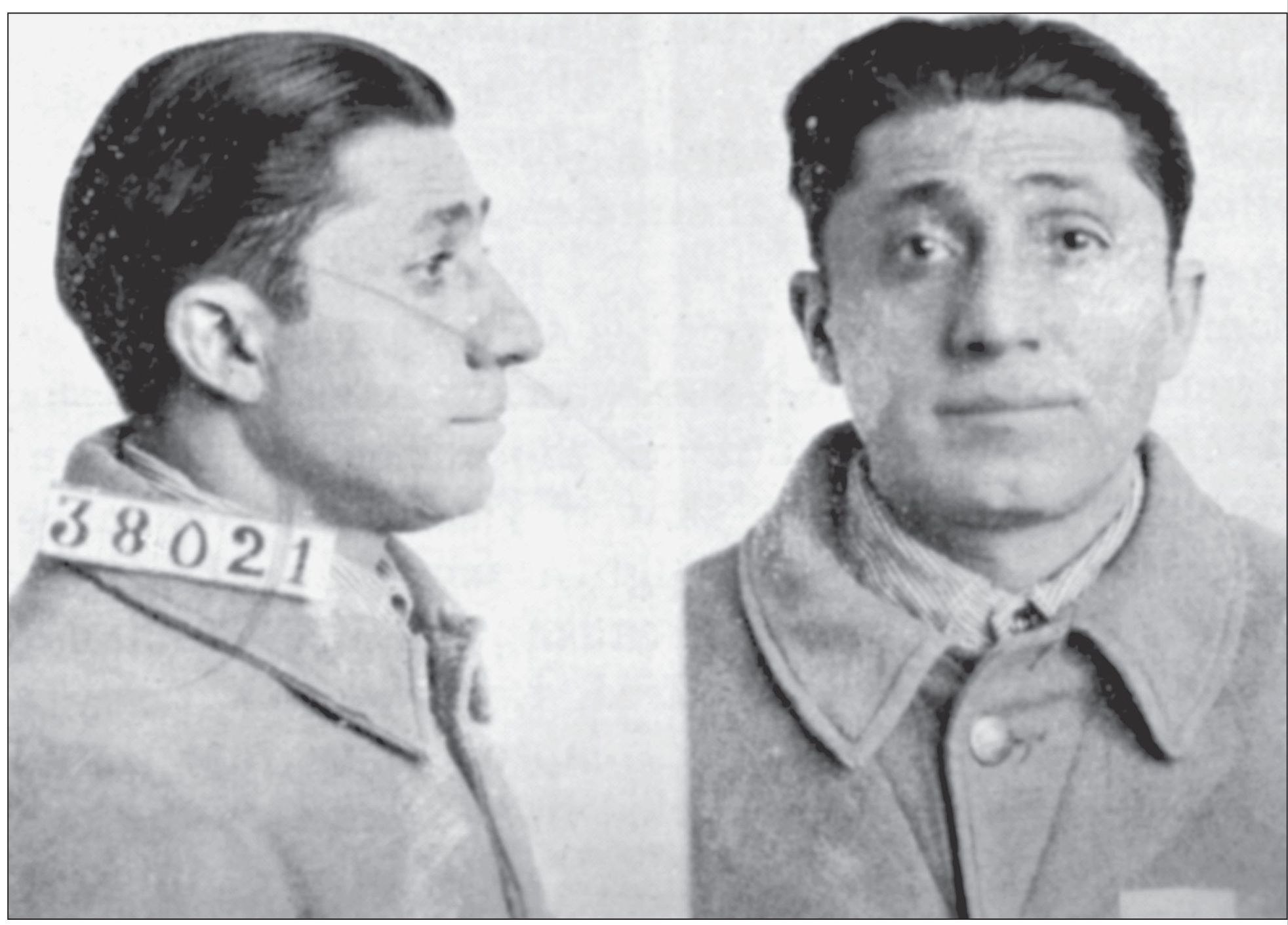
Frank “the Enforcer” Nitti received an 18-month sentence for income tax evasion in 1930. Nitti started his criminal career buying and selling stolen property through his barbershop. Rising through the ranks, he became the go-to man when Al Capone needed a job done. After Capone was sent to prison, Nitti was the front man for the Chicago outfit. In March 1943, Nitti was indicted on racketeering and extortion charges. Though movies and television depict Nitti as a ruthless killer, the only person he ever pulled the trigger on was himself. Facing more time at Leavenworth, Nitti committed suicide in a Chicago rail yard on March 19, 1943. (Author’s collection.)
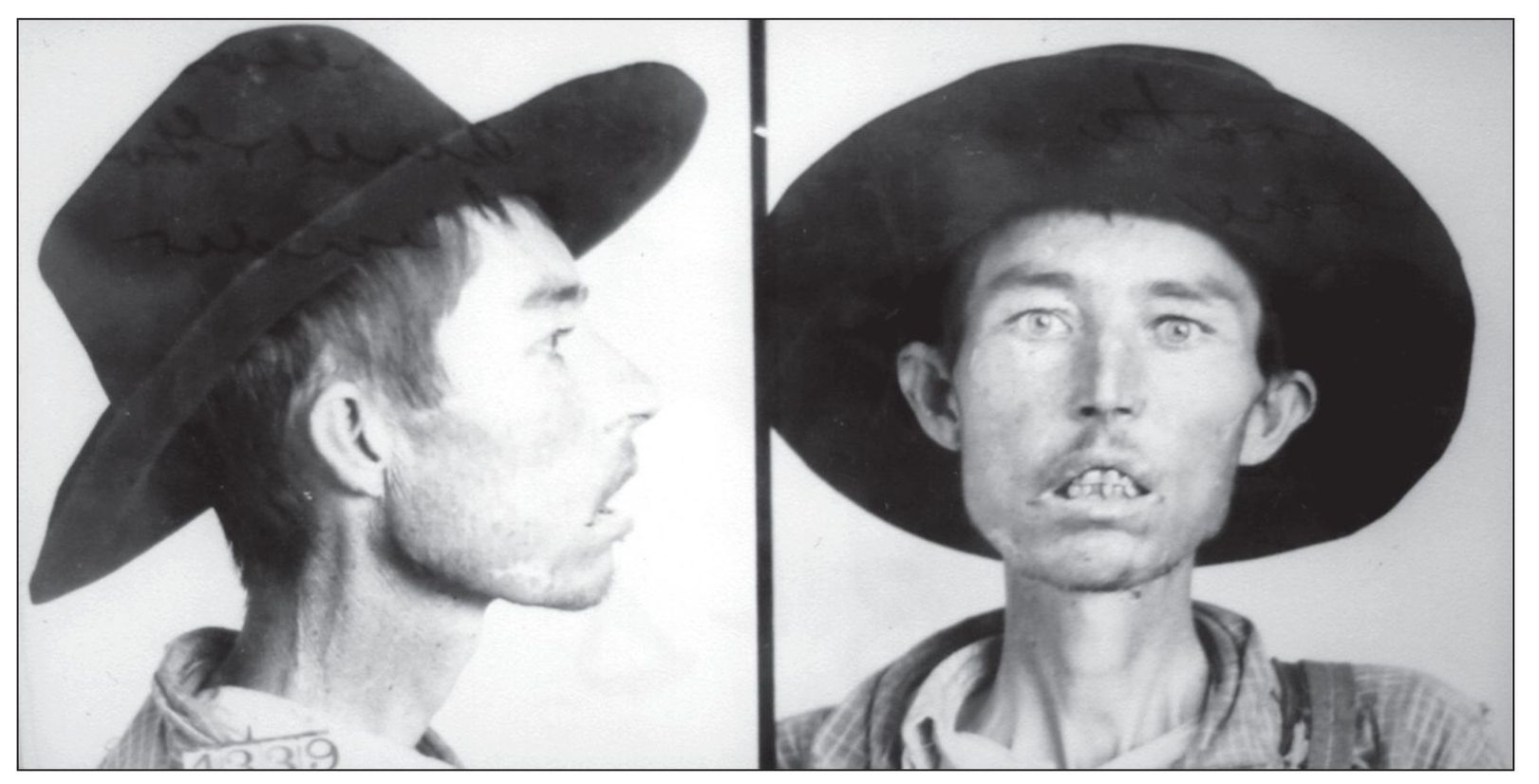
Early inmates received at the institution brought many problems with them. Dr. A. F. Yohe reported high numbers of inmates received with contagious diseases and drug addictions. The inmate above is an example of someone with a morphine addiction. (Courtesy National Archives and Records Administration.)
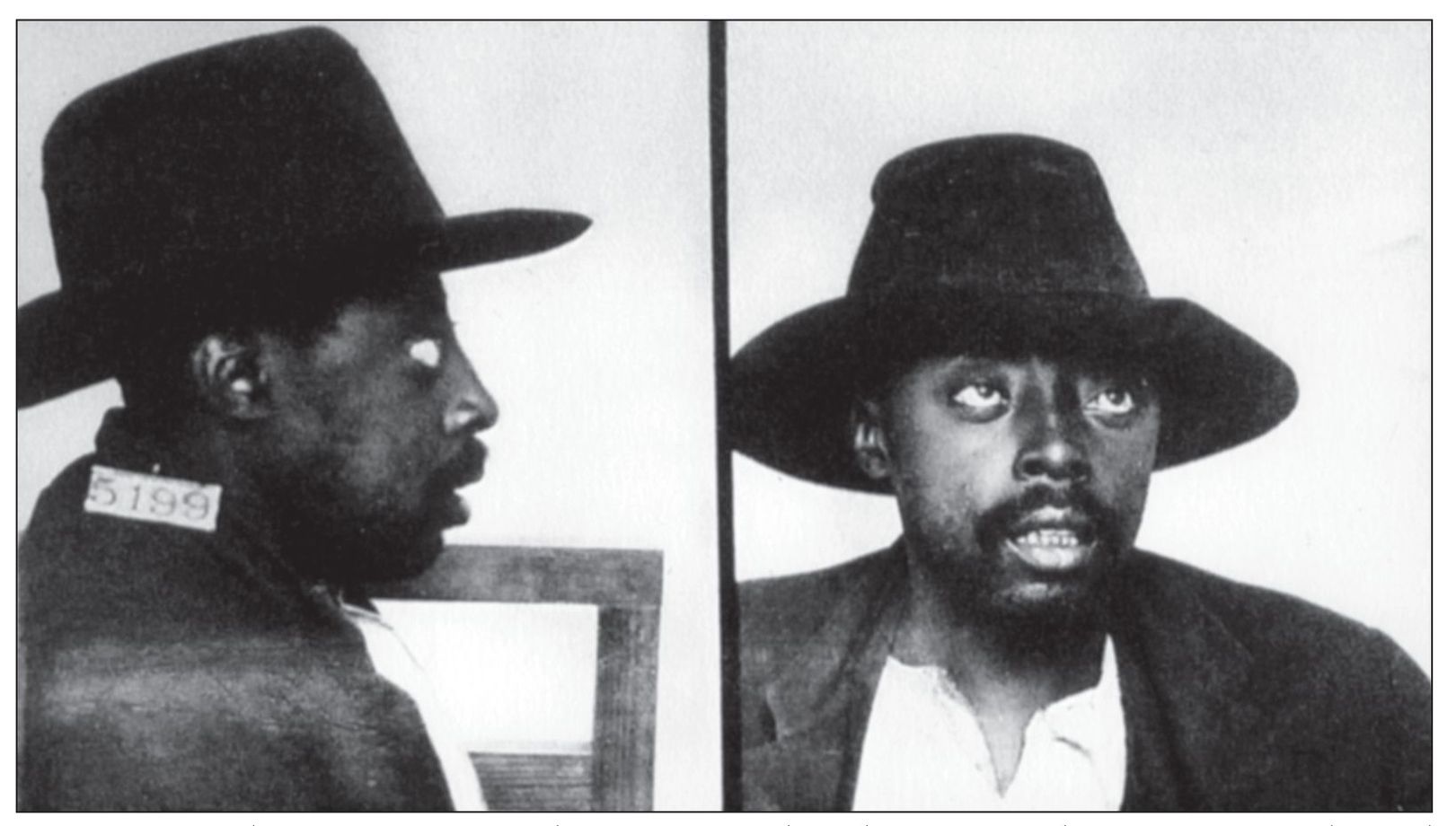
Inmate Leonard Moore was received at Leavenworth and was one of the first inmates admitted directly to the institution hospital. Received on April 27, 1906, for larceny, Moore was not only one of the first inmates treated in the hospital, but he also became the first inmate buried on Peckerwood Hill when he died eight days after his arrival on May 5. (Courtesy National Archives and Records Administration.)
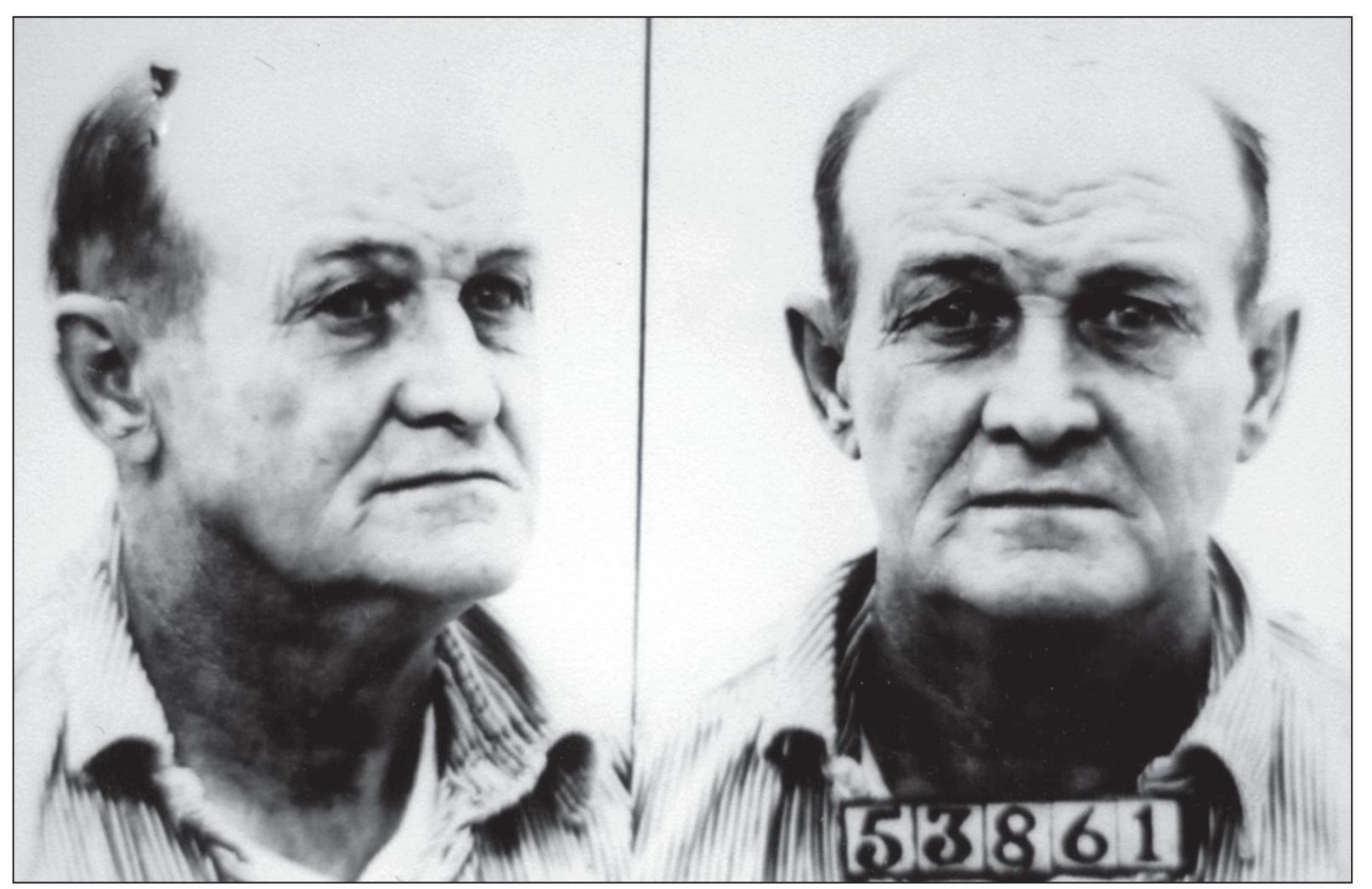
Samuel R. Caldwell, No. 53861, was received October 8, 1947, from Denver. Caldwell was sentenced to two to four years and was the first person convicted for violation of the marijuana tax act. (Courtesy National Archives and Records Administration.)
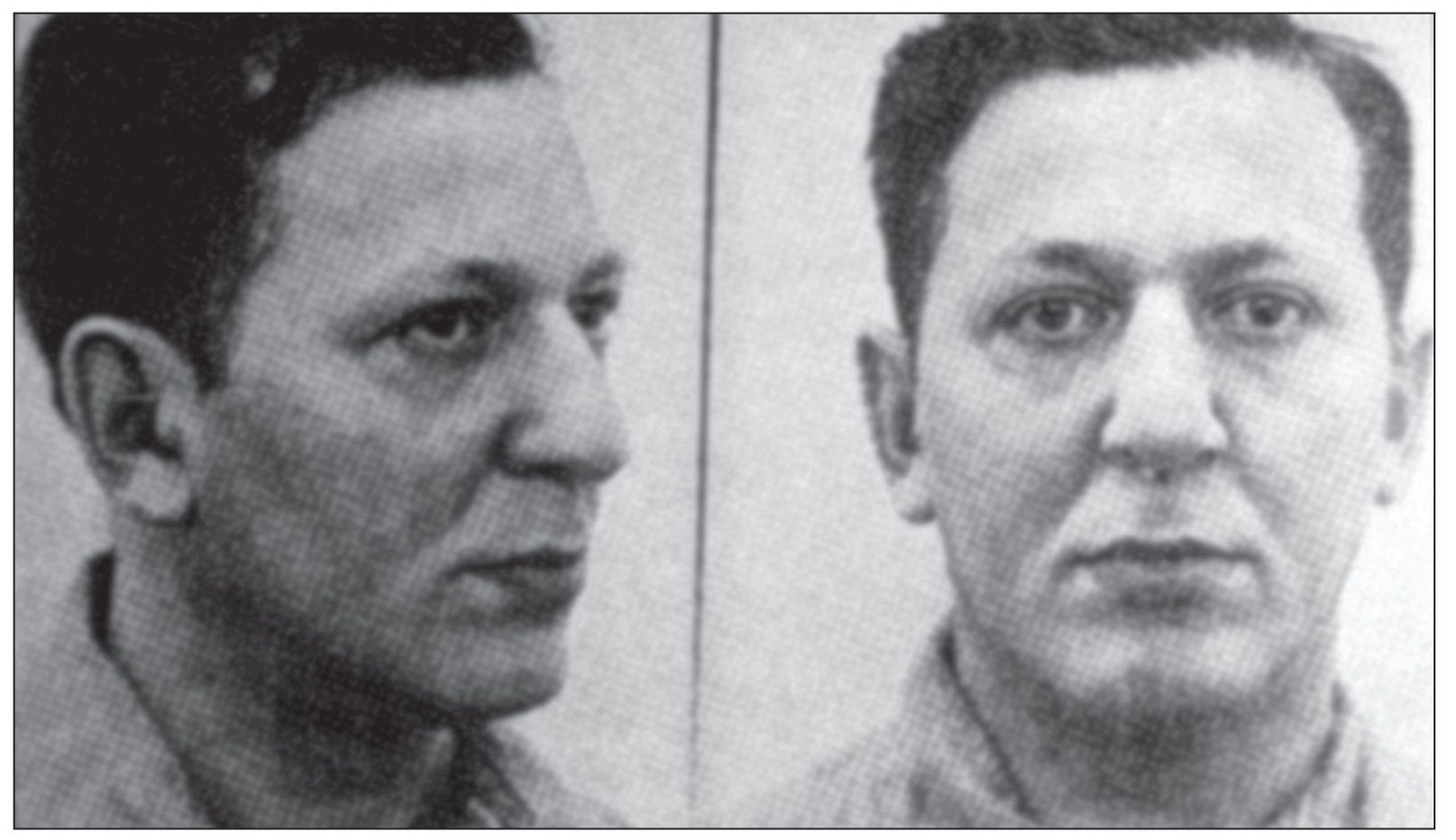
Louis “Lepke” Buchalter was a New York mobster, who, along with Benjamin “Bugsy” Siegel, Meyer Lansky, and Albert Anastasia, formed a group of hit men known as Murder Incorporated. His first conviction for narcotics trafficking netted 14 years, while a later conviction on union racketeering gave him another 30. In 1940, Buchalter was convicted in New York for a 1936 murder. In 1944, he was extradited back to New York where he was executed in Sing Sing Prison’s electric chair. (Author’s collection.)
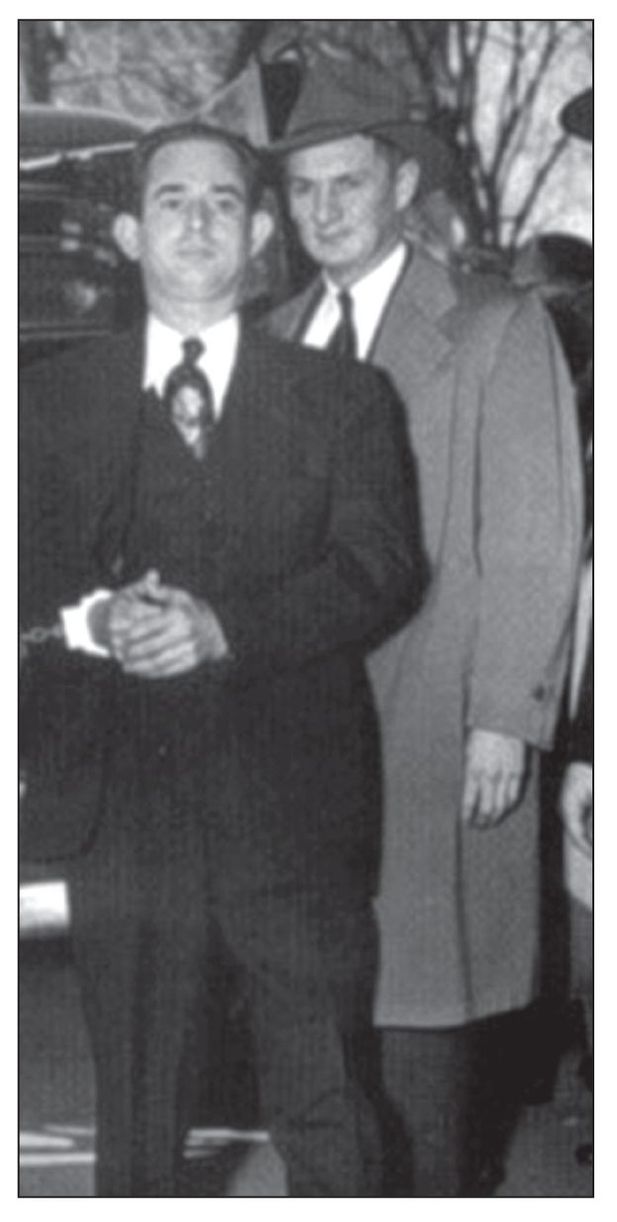
On November 1, 1950, Oscar Collazo (left) and Griselo Torresola attempted to assassinate Pres. Harry Truman at his temporary quarters at Blair Lee house. The gun battle resulted in the death of police officer Leslie Coffelt and Torresola. Collazo was convicted and sentenced to death, but his sentence was later commuted to life imprisonment by Truman. In 1979 after 29 years in Leavenworth, Collazo was pardoned by Pres. Jimmy Carter. (Courtesy Library of Congress.)
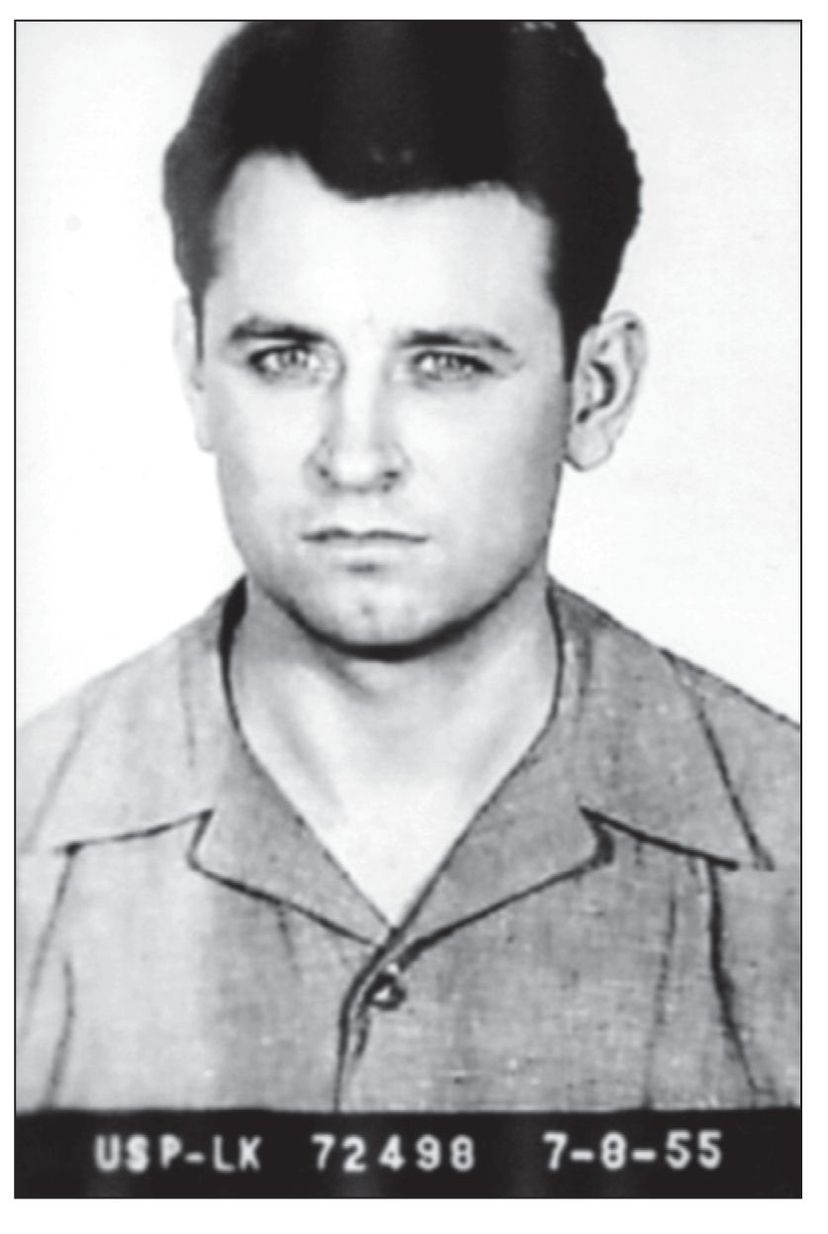
James Earl Ray was convicted of passing forged postal money orders in 1955. In 1968 while on escape status from the Missouri State Penitentiary, Ray was charged with the assassination of Dr. Martin Luther King Jr. (Courtesy National Archives and Records Administration.)